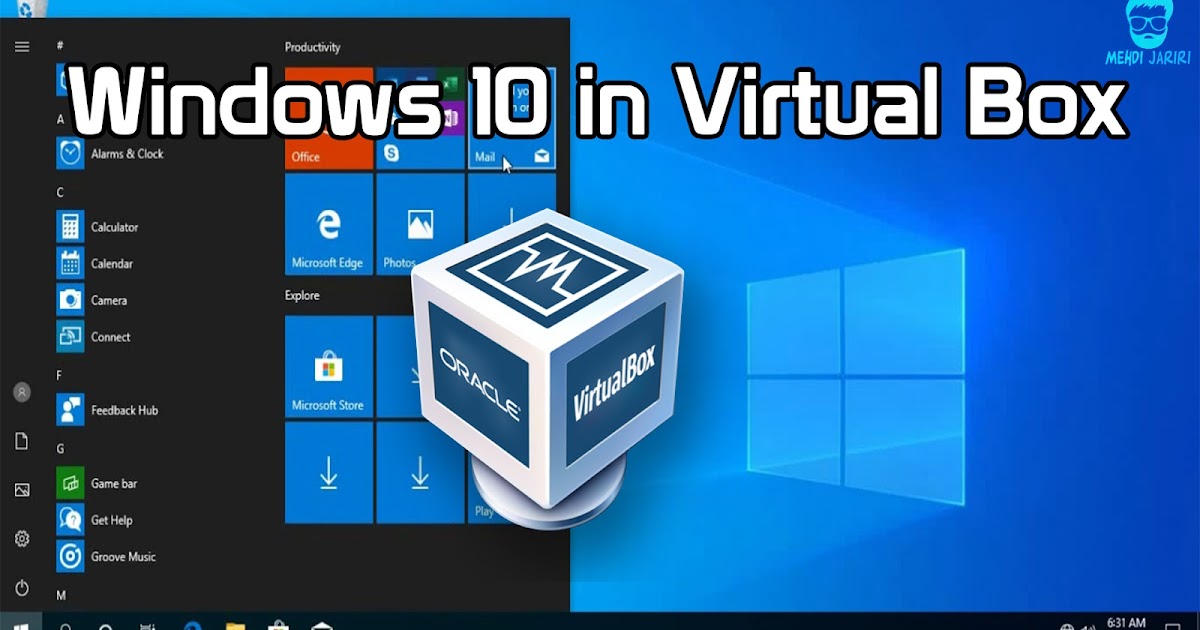

In our case, SSH service is already added in the firewalld. Now that we have these basic information, check if SSH service is enabled in your firewall: firewall-cmd -zone=public -list-services Public # Get the list of interfaces part of your active zone Running # If the above command returns 'not running' then you can start the service using:

On Red Hat, CentOS, Fedora, Rocky Linux you can use: dnf install firewalldĮxecute the following set of commands to get the default values from your VM: # Check if firewalld is running On Ubuntu and Debian you can use: apt-get install firewalld You can install firewalld if not available: In most distributions these days we use firewalld so I will share the commands for the same. Although it depends on the method you use to connect to your VM and there is also a way to make it work which I will shown later in this article. In some cases if you are connected to some VPN on the Windows client, then also your SSH may not work.


 0 kommentar(er)
0 kommentar(er)
